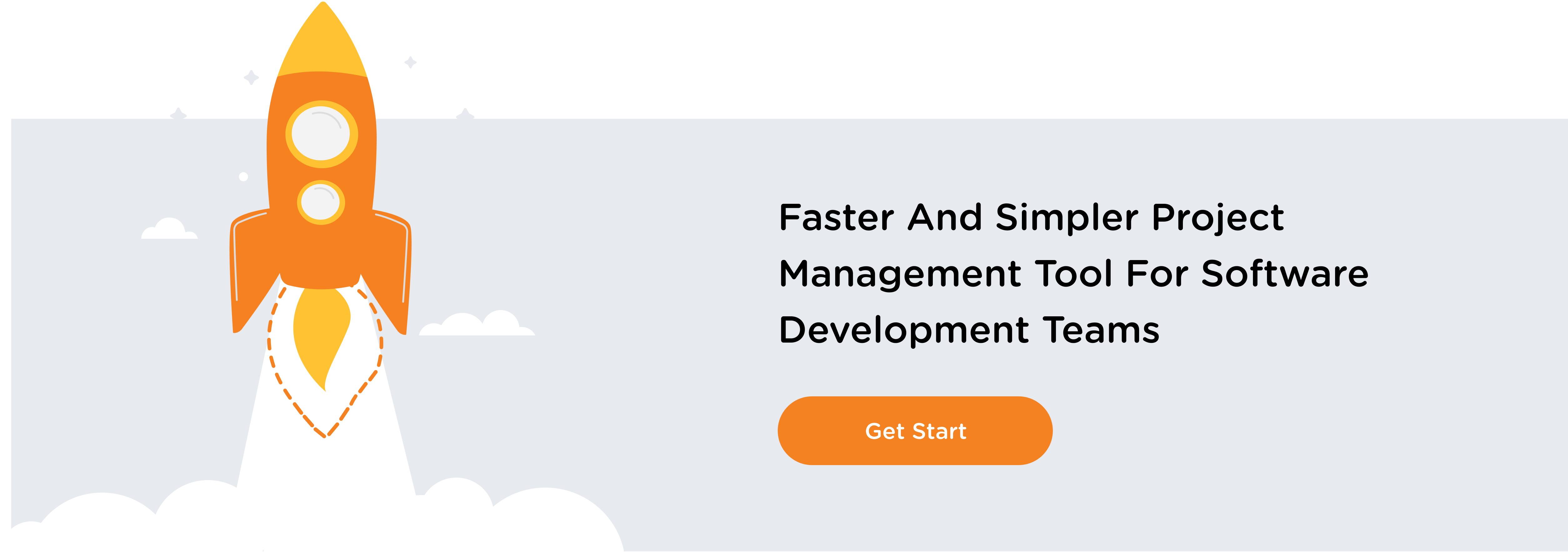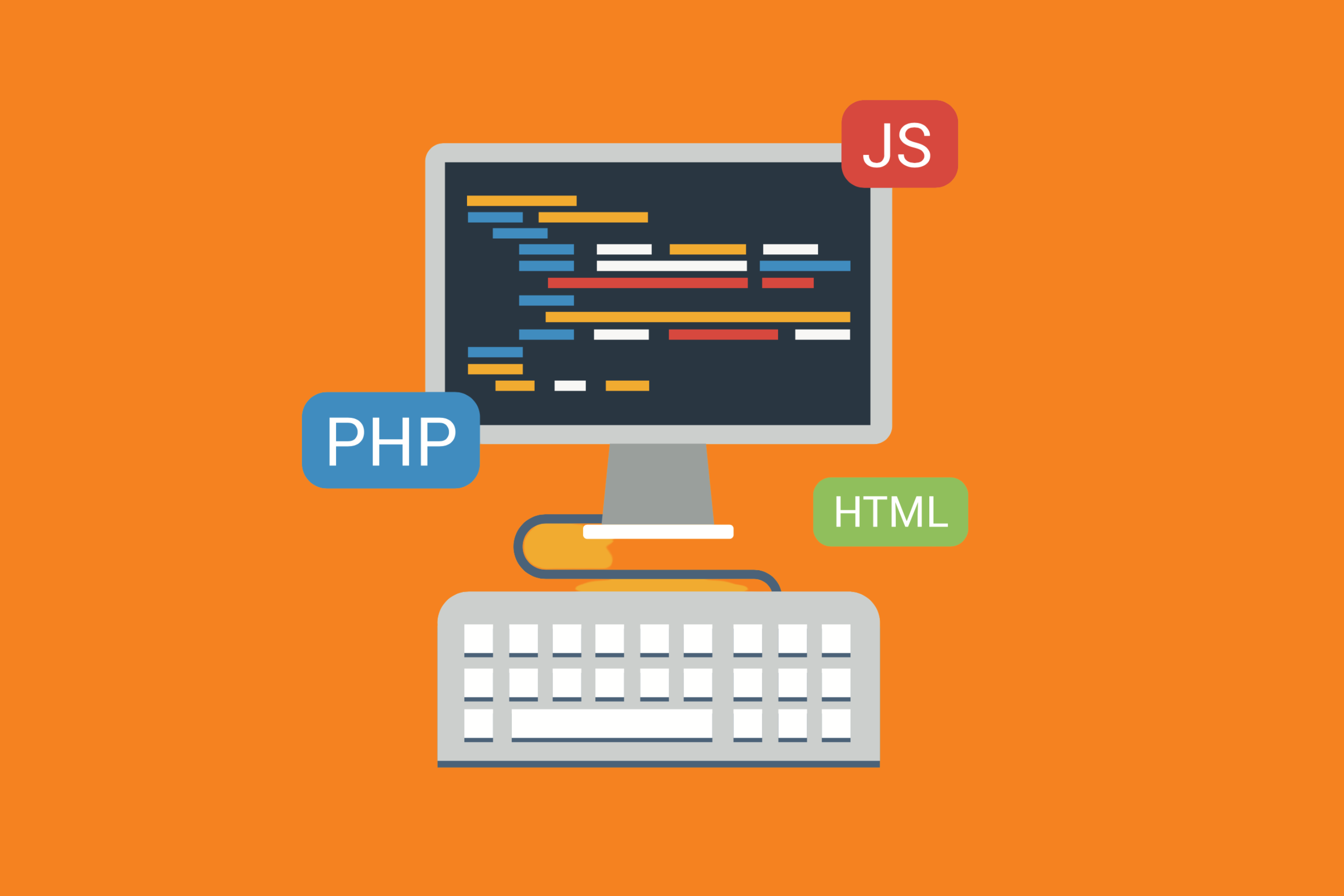Does your team typically have pull requests in the queue that are more than a week old? Is it common for pull requests to sit in the review process for more than a day? You might be dealing with long-running pull requests, and that could be a sign of uncertainty or even disagreements in what to do about the underlying code.
Long-running pull requests might have a few backs and forths in the comments, followed by days of silence on the commit. These comments might help you glean where the problem or disagreement lies. However, that might not help anyone much as a week-old pull request might have; in that period, created a bottleneck or become irrelevant. This is especially true in fast-moving teams. Blockages can become an issue. However, should you be worried about an irrelevant pull request? Shouldn’t you just move on and not sweat the details on a dead end?
Well, that depends.
First, Find Out if You Have an Ongoing Problem
A long-running pull request would be visible in the team’s Review Workflow report. Managers would simply need to look for an open pull request status and sort by oldest. This allows you to quickly see which pull request (or requests) have been open for more than a day.
Look for back and forth comments that may reveal signs of uncertainty or disagreement. These are typically followed by long periods of inaction.
Have a Long-Running Pull Request Problem? Try This.
Once you’ve revealed you have some long-running pull requests, you’ll need to figure out a way to move the conversation forward between the team members who disagree on what the next move should be.
An excellent place to start is with the developer that submitted the pull request. After all, they are ultimately responsible for finishing their work during the sprint. Encourage them to give you their read on the situation. What’s the disagreement or sticking point? Then, offer advice on how to move the code in question forward.
Don’t forget to also get the reviewer’s perspective on the matter. Ultimately, you’ll have to act as a go-between. This may involve getting everyone on a call or in a room together to hash through the disagreement and come to a conclusion as to the best course of action.
Of course, that’s a short-term fix. In the long term, the fewer long-running pull requests your team has, the better. Therefore, consider circling back with the entire team to set expectations around an acceptable turnaround on Time to First Comment and Time to Resolve. Finally, consider slipping in best practices around other items as well – such as Time to Respond so that there is less time waiting on others and more time spent moving the sprint forward.
Conclusion
Long-running pull requests reflect a lack of communication across the team and can cause breakdowns in timelines related to sprints. Work to get your developers together to hash things out, but, in the long run, you’ll need to put best practices in place to ensure your sprints move forwards efficiently.
Integrate Git with Jira using Bitband. We have a variety of great highly-rated plugins for Bitbucket, GitHub, Gitlab (and more) available now on the Atlassian marketplace.
Want more Bitband insights? Check out:






